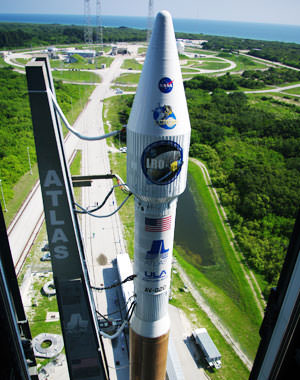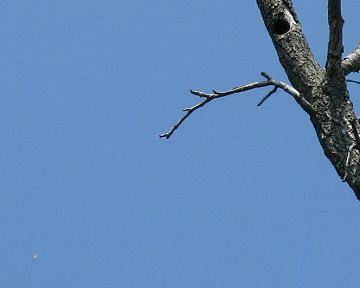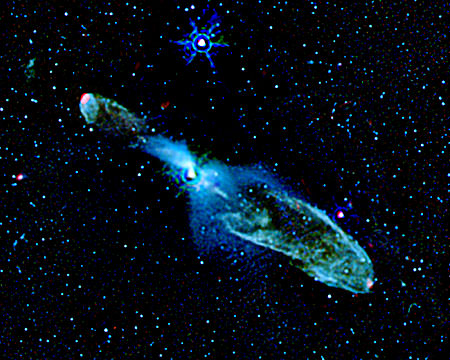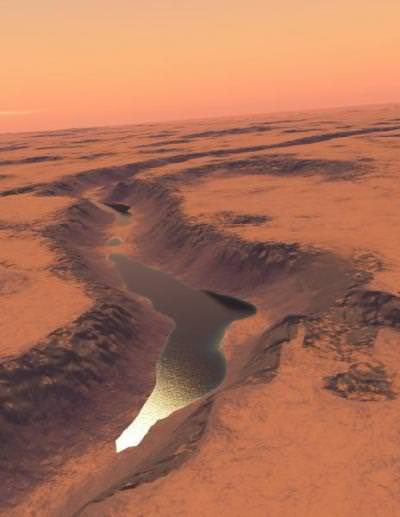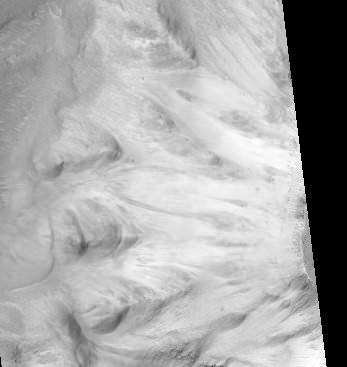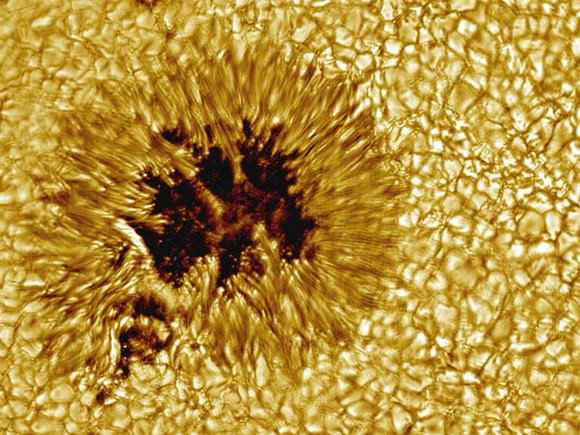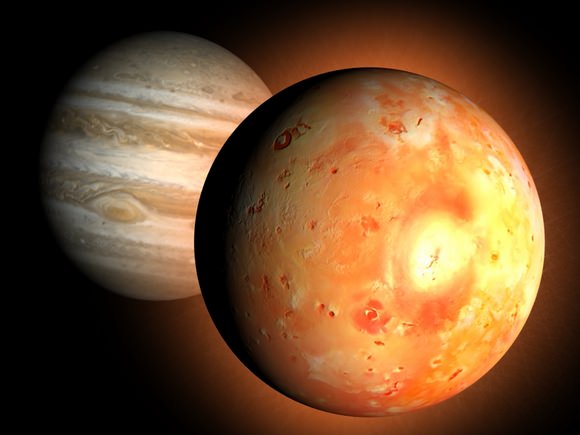[/caption]
NASA is going back to the Moon today! The Lunar Reconnaissance Orbiter (LRO) and a piggyback mission called the Lunar Crater Observation and Sensing Satellite (LCROSS) are at the launch pad, ready to blast off on an Atlas V today (Thursday June 18), with launch windows at 5:12 p.m., 5:22 p.m. or 5:32 p.m. EDT. (9:12, 9:22 or 9:32 GMT). The dual mission will provide detailed lunar maps to aid in returning humans to the moon, while searching for water ice in permanently shaded craters at the moon’s poles.
LRO is scheduled for a one-year prime mission, exploring the moon from a polar orbit of about 31 miles, or 50 kilometers, the closest any spacecraft has orbited the moon. Its primary objective is to conduct investigations to prepare for future explorations of the moon.
“LRO will circle the moon every two hours,” Craig Tooley, LRO project manager explained at a press briefing earlier this week. “As moon rotates, LRO will be able to see the entire surface, so every month, we will map the entire surface of moon. There will be gaps in our measurements because the view of the instruments are very narrow beneath the satellite ground track. Over the course of an entire year, we can fill in these gaps to have a global measurement of the moon and a new set of data, a new atlas so to speak showing temperature, minerals, images and other data.”
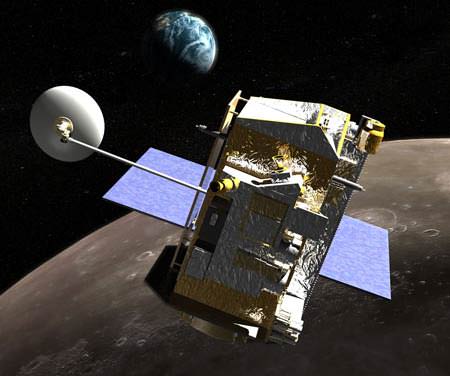
Tooley said that the Apollo missions accepted the risk of not knowing details of the landing sites. “They had safe landings, but we want to return to moon with repeated landings and have a higher degree of safety.”
LRO will be able to look at the distribution of rocks, boulders, and craters, with its 50 cm spatial resolution camera. “We’ll be able to see small boulders and know where it is safe to land,” said Rich Vondrak, project scientist. “NASA has identified fifty high priority sites that are potential landing sites for astronauts.”
LRO has a Narrow Angle Camera (NAC) and a Wide Angle Camera (WAC). NAC is dedicated to high resolution, and Vondrak said the high priority regions will be mapped in high res the first year, and they are working with science community for areas to study during an extended mission.
The Lunar Oribter Laser Altimeter (LOLA) will provide a high resolution 3-D relief map of moon. “LOLA resolution will be 10 times better than what we currently have,” said Vondrak. “We’re looking forward to mapping Aiken Basin, a huge depression, very carefully, and the polar regions are of high interest. We’ll have new eyes on the moon to get new views to prepare for future exploration of the moon.”
Regions near the pole have nearly continuous sunlight, which could be a source of warmth and power for future explorers. There are also regions inside polar craters that are continuously dark and very cold, and previous missions have found evidence of hydrogen, which scientists expect to be associated with water ice, a potential resource for future explorers.
“We’ll do the best possible attempt of determining the characteristic of the lunar surface from orbit, but to really understand the water content of the surface, you would like to land there,” said Vondrak. “We are fortunate that LRO will carry a companion mission, LCROSS, to seek water on the moon.”
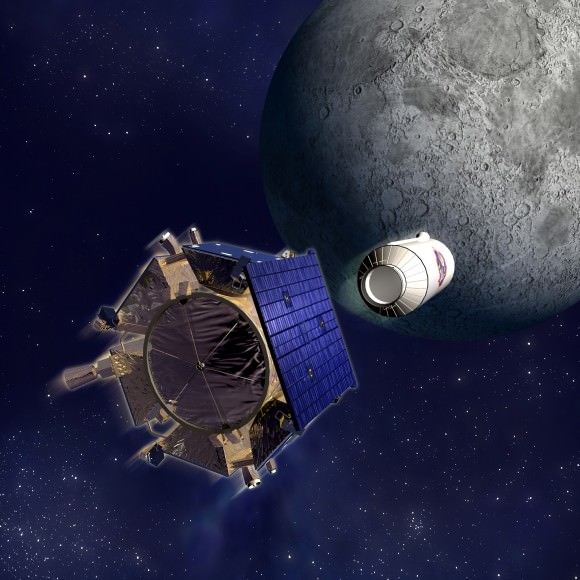
LCROSS will search for water ice on the moon by sending the spent upper-stage Centaur rocket to impact part of a polar crater in permanent shadows. LCROSS will fly into the plume of dust left by the impact and measure the properties before also colliding with the lunar surface.
“LCROSS will shepherd the Centaur to the precise orbit, and accelerate it into the moon,” said LCROSS project scientist Tony Colaprete. “The two will separate, with LCROSS following the Centaur by four minutes, taking live “bent pipe” meausrments, sendin back live video (which will be shown live via webcast) taking measurements of the lunar regolith characteristics, looking for lunar water vapor or ice characteristics, then impacting the lunar surface itself. LCROSS will be a smashing success.”
The impact will take place about 100 days after launch, and the science team hopes to recruit amateur astronomers and students to help watch the impact from Earth. “This should be very engaging for the public, and their observations will help us, too,” said Colaprete.
If launch slips to Friday, June 19, the launch opportunities would be 6:41 p.m., 6:51 p.m. and 7:01 p.m EDT (10:41, 10;51 and 11:01 GMT).

